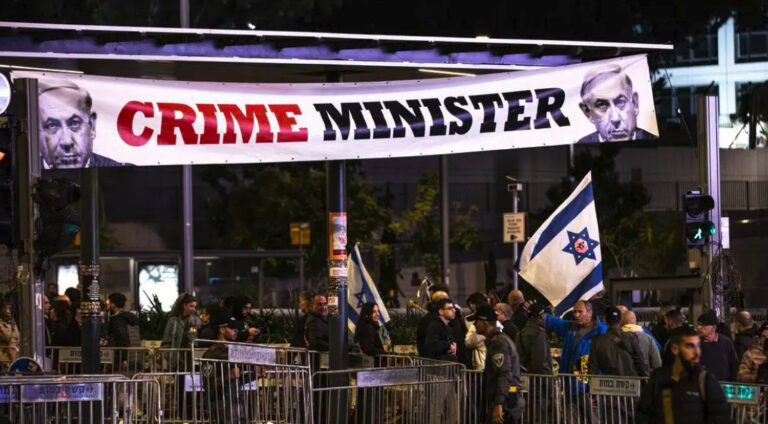
STRATEGIC ASSESSMENT. After weeks of painstaking negotiations, a deal between Israel and Hamas was approved by the Israeli cabinet in the early hours of Wednesday morning Israeli time, with reports suggesting the pending release of no less than 50 Israeli hostages over four days. Three Americans are believed to be among the hostages. Shortly after the announcement, Hamas released a statement on Telegram that it had agreed to the four-day ceasefire. The deal will not take effect until Thursday at the earliest to allow time for Israeli judges to review potential legal challenges to the prisoner release, according to Israeli officials. Under the terms of the deal, Israel will release 150 Palestinian prisoners from Israeli jails if Hamas releases roughly 50 hostages held captive in Gaza. Both sides agreed on a ratio of one Israeli to three Palestinians, which is slated to unfold over four days, where each day (as long as the agreement holds), Hamas will release ten Israeli hostages in exchange for 30 Palestinians being held in Israeli jails. The agreement provides for a four-day ceasefire to allow for the hostages’ safe passage and, reportedly, hundreds of trucks for the delivery of humanitarian aid into Gaza, including fuel. There are also reports that per the agreement, fighting would cease for the four-day period, Israeli troops would remain in their current positions, and Israel would refrain from flying drones used for surveillance over Gaza for six hours a day. Israel may be willing to extend or expand the deal beyond the initial agreement depending on how the situation unfolds, according to various reports.
In any negotiation, especially one as delicate as the deal just reached on the swap of hostages for prisoners, it is essential to demonstrate that there is a functioning channel that can obtain results. Qatar led the recent negotiations with support from the United States and Egypt in recent weeks. CIA Director Bill Burns traveled to participate in negotiations with the chief of the Mossad (Israel’s intelligence agency), David Barnea, and Qatar’s Prime Minister and Minister of Foreign Affairs, Mohammed bin Abdulrahman bin Jassim al-Thani. The working relationship between the parties involved is one built on trust, cemented over time, which had been established through proof of concept mediating other deals around the globe, from Afghanistan to the Sahel. Through the current conflict, Qatar has served as an intermediary between Israel, the United States, and countries in the region on one hand, and Hamas, on the other. Doha is known to host several senior officials of Hamas’ political branch, making the Gulf state an indispensable conduit and valued interlocutor for governments like the United States that have formally designated Hamas a terrorist organization.
By capitalizing on the momentum of the deal, the hostage portfolio could be an impetus for important progress on a range of humanitarian issues, helping to alleviate widespread civilian suffering in Gaza. Whether or not the hostage deal is interpreted as a confidence-building measure that could jumpstart subsequent steps is yet to be seen. The World Health Organization (WHO) said that 21 of Gaza’s 24 hospitals are totally dysfunctional. Previously, Israel has only agreed to short, hours-long pauses in fighting for humanitarian purposes. Besides breaking down previously on several occasions, the deal’s technical aspects, such as the verification of the identities of Hamas’ captives, have delayed negotiations. Only four hostages – including two Americans – had been released prior to the deal, while another was rescued, and Israel reportedly discovered the bodies of two more. Early in the conflict, Hamas has claimed that nearly fifty hostages have been killed by Israeli airstrikes already, although this claim remains unverified. Hamas has said it does not have control of or know the locations of all the hostages being held in Gaza. Besides Hamas, Palestine Islamic Jihad (PIJ) is also believed to be in possession of approximately 35 hostages, while other smaller groups may hold another dozen, further complicating the negotiations.
Israel’s foreign ministry says that foreign nationals from 26 countries are among the hostages in Gaza. Beyond the women and children being released, Hamas is believed to have 90 Israeli men under its control, including a group of soldiers who likely represent the kidnappers’ strongest bargaining chip, although some have speculated deals to secure the release of Israeli military personnel could drag on for months, if not years. In 2011, in exchange for agreeing to release a single Israeli soldier who it had kidnapped five years earlier, Hamas secured the release of over 1,000 Palestinian prisoners. The Israeli negotiator behind the deal for the IDF soldier, Gilad Shalit, later told a group of students that domestic political troubles facing Israeli Prime Minister Benjamin Netanyahu at the time of that 2011 deal had given Hamas leverage to make significant demands of Israel. Such considerations may once again become relevant in the current context: Netanyahu’s government had already faced mass protests earlier this year over proposed changes to the country’s judiciary, and the cabinet now faces intense pressure from many Israelis who believe they failed to prevent the October 7 attack. There has also been a great deal of domestic public pressure on the government to prioritize the safe return of hostages during its aggressive aerial bombardment campaign and subsequent ground operations in Gaza. While news of the deal is welcome, numerous challenges still lie ahead until the ceasefire is enacted, including whether it will be durable and sustainable, as well as what happens when the temporary pause in fighting expires (TSC).





